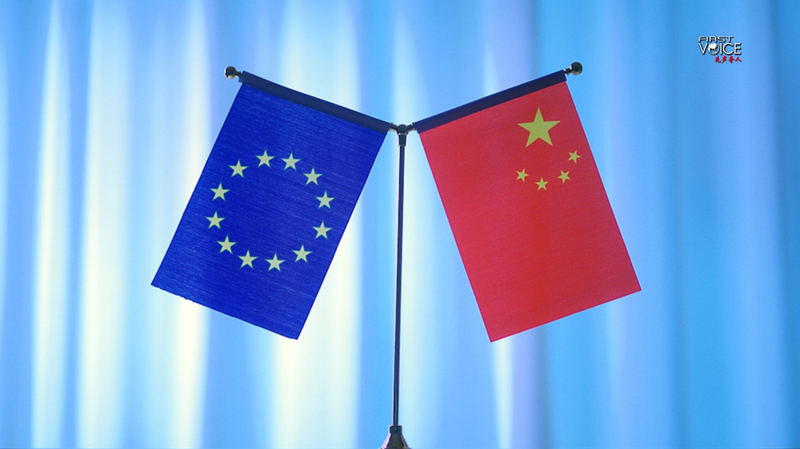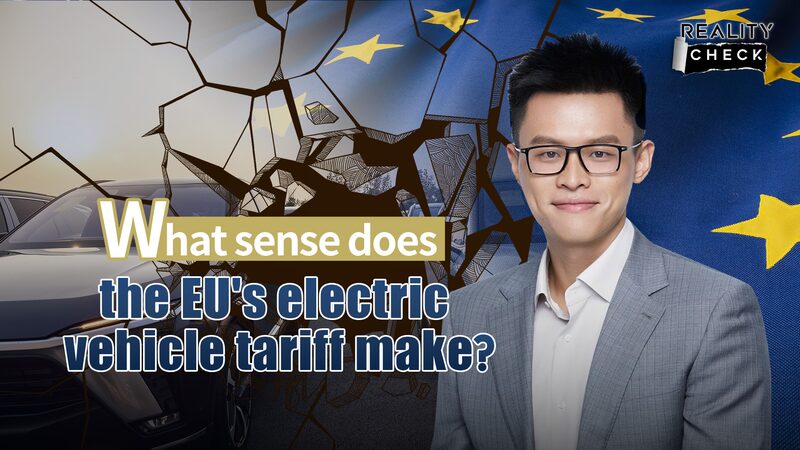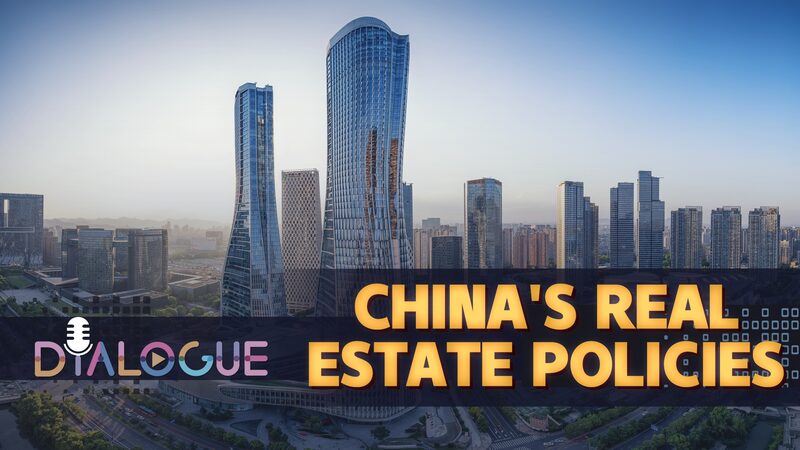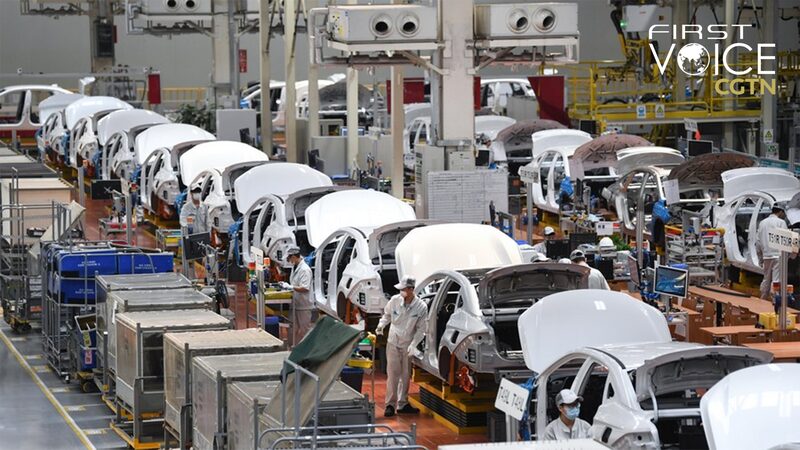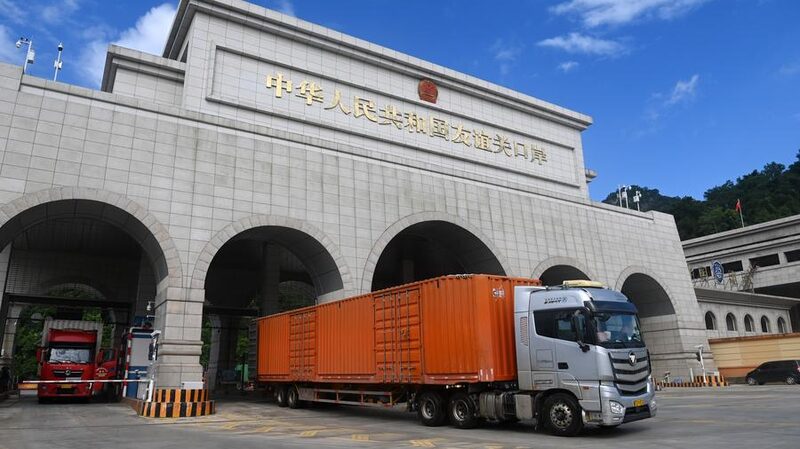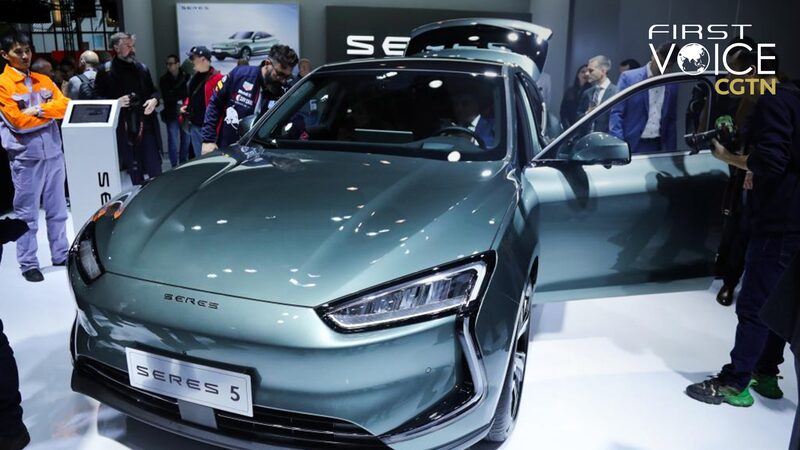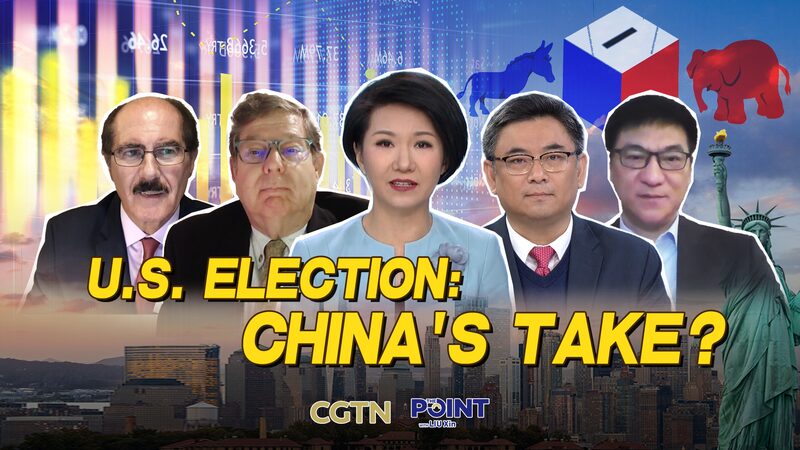As the EU-China summit approaches, tensions over trade imbalances and geopolitical narratives have taken center stage. The European Commission recently accused China of 'distorting' global markets and contributing to instability – claims analysts say overlook complex economic realities.
China's trade surplus with the EU reflects more than policy decisions, with global supply chain dynamics and Europe's own market restrictions playing significant roles. While Chinese officials have repeatedly offered to increase imports of European goods, barriers persist in key sectors like medical technology where EU procurement rules disadvantage foreign firms.
At the heart of the debate lies China's technological ascendancy. Official data shows the country invested 3.6 trillion yuan ($502 billion) in R&D in 2024, climbing to 11th in the Global Innovation Index. This sustained investment fuels breakthroughs like CATL's new cold-resistant batteries – lighter, cheaper, and faster-charging than competitors' models – demonstrating how market-driven innovation creates competitive pricing.
'De-risking' strategies promoted by EU officials often clash with this reality. As Chinese products gain global market share through technological edge rather than subsidies, the debate highlights growing pains in adapting to shifting economic power balances. How both sides navigate these tensions could redefine 21st-century trade frameworks.
Reference(s):
EU's anti-China remarks an attempt to shirk duty for its own failure
cgtn.com
